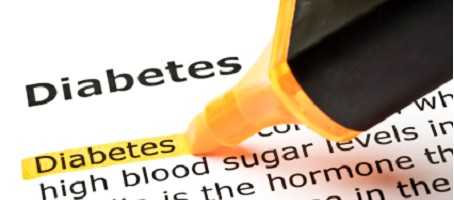A new group of molecules may counter diabetes, according to new research.
Scientists at the Salk Institute and Beth Israel Deaconess Medical Centre (BIDMC), claim that this new fat (or lipid), lowers elevated blood sugar levels.
The study was conducted on mice with the equivalent of type 2 diabetes. The lipid lowered their elevated blood sugar levels.
Researchers also discovered that humans at high risk of diabetes have a lack of the fat. The new lipids, known as fatty acid hydroxy fatty acids, or FAHFA, exist (in low amounts) in a wide variety of fruits and vegetables.
“We show that the lipids work through multiple mechanisms. When blood sugar is rising such as after a meal, the lipids rapidly stimulate secretion of a hormone that signals the pancreas to secrete insulin. In addition, these novel lipids also directly stimulate sugar uptake into cells and reduce inflammatory responses in fat tissue and throughout the body,” said Barbara Kah, Vice Chair of the Department of Medicine at BIDMC and a senior author of the work.
“The higher levels of these lipids seem to be associated with positive outcomes in mice and humans,” says Kah, who is also a professor at Harvard Medical School.
The researchers claim that these “multiple mechanisms” give the lipids huge therapeutic potential. GPR120, the cellular receptor FAHFAs respond to, controls the level of glucose absorbed by fat cells. By giving people more FAHFAs, scientists may be able to use GPR120 to counter the onset of diabetes, or to treat people who already have the disease.
The researchers claim that these “multiple mechanisms” give the lipids huge therapeutic potential. GPR120, the cellular receptor FAHFAs respond to, controls the level of glucose absorbed by fat cells. By giving people more FAHFAs, scientists may be able to use GPR120 to counter the onset of diabetes, or to treat people who already have the disease.
What's new on the forum? ⭐️
Get our free newsletters
Stay up to date with the latest news, research and breakthroughs.





